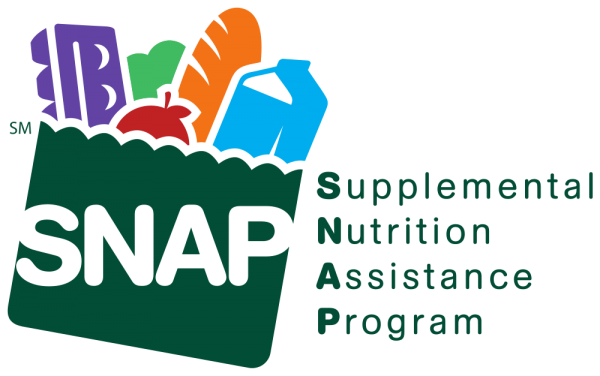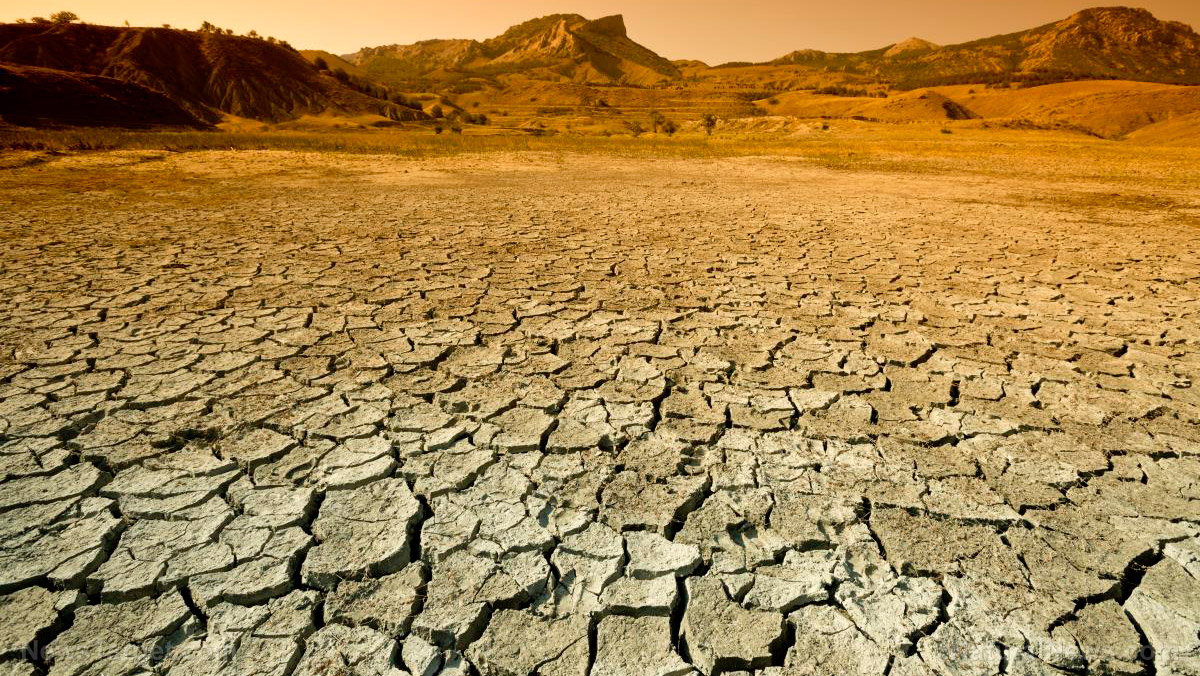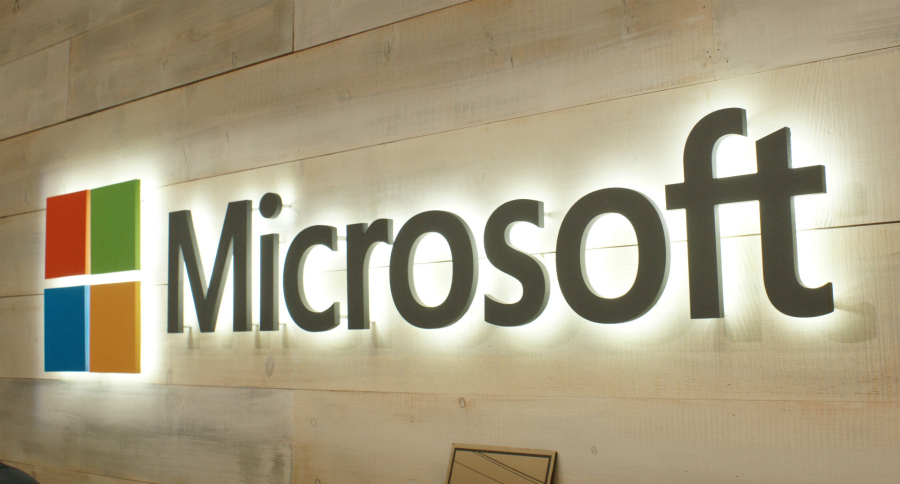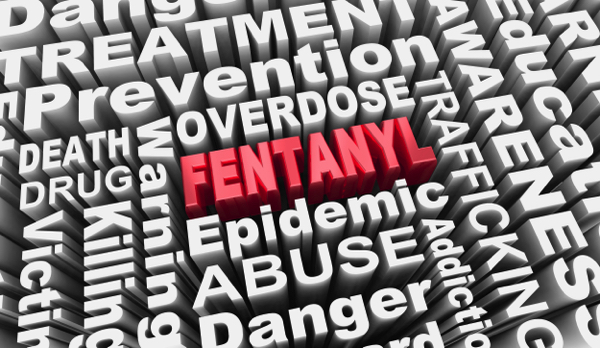 Parler
Parler Gab
Gab
- A combination of political issues, economic strain and the expiration of government benefits has created a severe hunger crisis. Food banks and pantries, which are normally busy in November, are now being pushed past their breaking points by unprecedented demand.
- The crisis was triggered by a lapse in SNAP benefits (food stamps) for approximately 42 million Americans. This has forced millions of families who relied on that assistance to turn to food banks and pantries as their only alternative.
- From Massachusetts to West Virginia to Iowa, food banks are reporting record-breaking demand. They are distributing double or triple their normal amount of food, but supplies are flying off the shelves faster than they can be restocked, leaving many people on waiting lists.
- The charitable food network is showing clear signs of collapse. Food pantries are pleading for fewer referrals because they are at full capacity, and hotlines are flooded with calls. Donations and temporary state aid are not enough to keep up, and nonprofits risk running out of money and food.
- Frontline workers and national organizations are stating clearly that food banks are an emergency response, not a permanent solution. They cannot make up for the failure of the federal government's food assistance program, and the current situation is unsustainable, leaving millions without a reliable safety net.
More food banks and pantries in other states struggle to provide assistance
The strain is not confined to one region. In West Virginia, the situation became critical when SNAP payments for 270,000 residents were unexpectedly delayed. The response from food banks was immediate and Herculean. The Facing Hunger Foodbank distributed 75 tons of food in one weekend, more than double its typical output. Similarly, the Mountaineer Foodbank distributed 46 tons, a figure that triples its normal distribution. This massive effort highlights the scale of the gap left by the missing federal benefits. Further west, in Iowa, the Johnston Partnership is also breaking unwelcome records. Executive Director Andrea Cook reports that every day in November has set a new record for demand. Food is flying off the shelves as fast as it comes in, forcing board members and volunteers to take on roles like unloading trucks and making deliveries to keep the operation afloat. The system is showing clear signs of failure. In Massachusetts, Erin McAleer of Project Bread says their food assistance hotline is receiving four times the usual number of calls. Distressingly, they have begun receiving requests from pantries themselves, pleading for them to slow down referrals because they have reached absolute capacity and cannot feed any more people. McAleer somberly notes that the "levees are already starting to break." While some state governments, like New York and California, have stepped in with emergency funding and National Guard support for distribution, and private donations have increased, these efforts are a drop in the bucket. David Finke, CEO of an organization in Louisville, Kentucky, provides a stark example: while they received a generous 600 pounds of food in donations on one day, they gave out nearly 1,000 pounds. Finke bluntly states that this model is not sustainable and knows of three nonprofits that may soon be unable to pay their staff. The crisis is forcing difficult choices. Organizations are now worried that diverting all their resources to emergency food relief will jeopardize their other critical services, such as job placement assistance and mental health counseling. The frustration is also boiling over among those on the front lines. Judith Ingram, who runs a food program in Washington, D.C., questions how long the community can be expected to take over for a failed government program. The sentiment is echoed at the national level. The National Council of Nonprofits states bluntly that while food banks are a crucial piece of the puzzle, they could never possibly make up for the failure of the federal government. For millions of Americans, the safety net has frayed to a breaking point, leaving them to rely on a patchwork of charities that are themselves running out of resources. The message from food banks across the country is clear: without a stable and functional federal nutrition program, the fight against hunger is one they cannot win alone. Watch the full video below of "Brighteon Broadcast News" with the Health Ranger Mike Adams as he talks about the worsening USDA SNAP crisis. This video is from the Health Ranger Report channel on Brighteon.com. Sources include: TheMostImportantNews.com NPR.org MountainStateSpotlight.org KCCI.com BrightU.AI Brighteon.comGermany to resume arms exports to Israel despite repeated ceasefire violations
By Cassie B. // Share
Ukrainian strikes, sanctions fuel global diesel crisis as prices soar
By Belle Carter // Share
SNAP “reset”: USDA requires recipients to reapply for benefits
By Ava Grace // Share
EU demands accountability as Ukraine corruption scandal threatens aid
By Belle Carter // Share
Iran deploys risky cloud seeding chemicals in desperate bid to end historic drought
By Cassie B. // Share
Governments continue to obscure COVID-19 vaccine data amid rising concerns over excess deaths
By patricklewis // Share
Tech giant Microsoft backs EXTINCTION with its support of carbon capture programs
By ramontomeydw // Share
Germany to resume arms exports to Israel despite repeated ceasefire violations
By isabelle // Share









